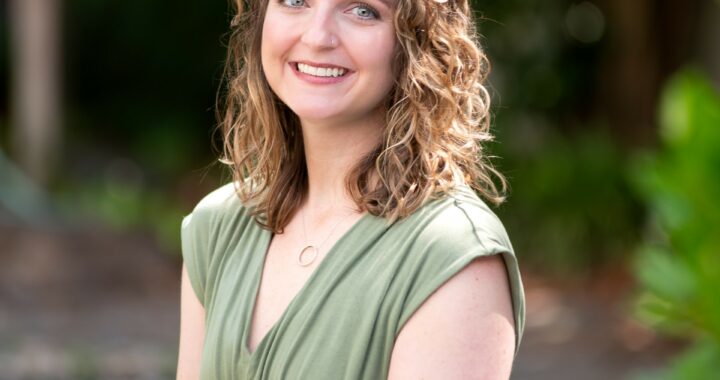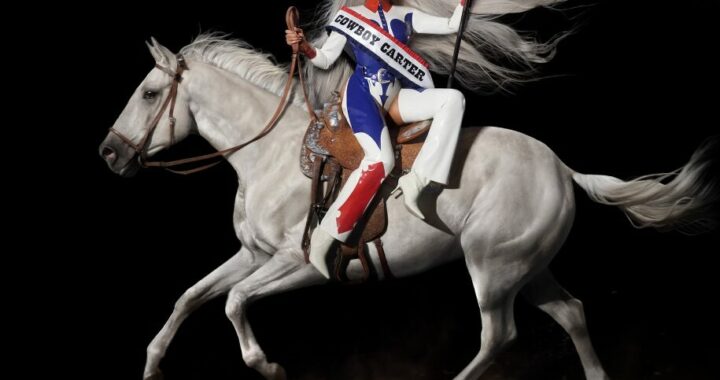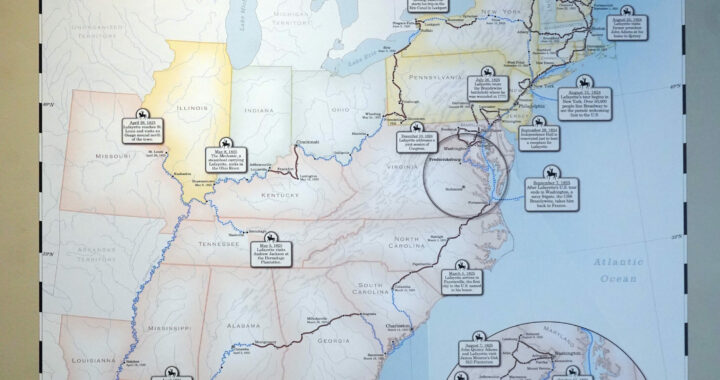Staff Ed: Diversity celebrated but not yet achieved at UMW
3 min read
Lauren Brumfield | The Blue & Gray Press
By THE BLUE & GRAY PRESS STAFF
This past Friday night at 7 p.m., The Chandler Ballroom became the venue for the annual Taste of Asia event, an Asian culture celebration that marked the end of Asian culture week and the end of another Cultural Awareness Series at The University of Mary Washington. This event, hosted by the James Farmer Multicultural Center, and co-sponsored by the Asian Student Association, proved to be a culturally fruitful event for the UMW community to enjoy through its various Asian style of performing arts including music, dance, fashion and most notably as evident in the title of the event, its cuisine.
As an event that “educates the community about different aspects of Asian culture and lifestyles,” according to the James Farmer Multicultural Center Cultural Awareness Series web page, the event, was nothing short of that description. At only $3 for students, faculty and staff, Taste of Asia was a successful event in which event coordinators were ushering in students nearly one hour after the event and performances had commenced.
Several Asian restaurants from around the Fredericksburg area came together at the event and created a delicious atmosphere full of fine Asian cuisine while serving up an over all awareness of the wide varieties of Asian style foods that featured foods traditional of China, India and Korea. A popular addition to this year’s event was Bonchon, a franchise known for their Korean-style fried chicken. The event provided a wide variety of good eats, different forms of Asian arts, specifically through dance and fashion capped the night’s entertainment.
Another way in which the event proved to educate its community on Asian culture was by showcasing an array of Asian style dances. These dance performances featured many styles such as Bollywood, Afghan-traditional dances and Punjabi-style dance performed by the Eagle Bhangra dance group. Later, guests were treated to a fashion show, which exhibited traditional as well as modern styles of apparel in many Asian countries, such as Korean, Mongolian and Filipino. Attendees had the chance to experience firsthand the uniqueness and diversity of Asian culture.
While it would be absurd to argue that our campus is as diverse as it could be, it is evident that cultural awareness events and series are increasingly sparking students’ interest in seeking to become more cultured and are seeking a more diverse campus in turn. Through cultural events put on by The James Farmer Multicultural Center and largely due to the passions of student run clubs and organizations like the Asian Student Association who promote their love of culture, it is evident that the university serves as a good resource in educating its students on culture with offerings such as these.
However, as individual students of a larger community, we need to continue to demand change in the diversification of our school, and should not accept these events as sufficient means of considering ourselves culturally diverse and accepting.
With the amount of resources, events and educational opportunities to become a more culturally accepting and diverse community, it is a shame that in passing along campus, phrases like “University of Mostly Whites” can be heard among conversation. While the passion and resources to become a more culturally diverse community are clearly evident, students need to continue to demand the diversification of our student body not limited to ethnicity, thus allowing us to become a stronger community. While having culturally oriented events on campus like Taste of Asia are wonderful ways in which our community can show our acceptance of culture and diversity, until our administration changes these perceptions of our school and can truly change the ethnic demographics of our community can we truly call ourselves a culturally diverse community.


